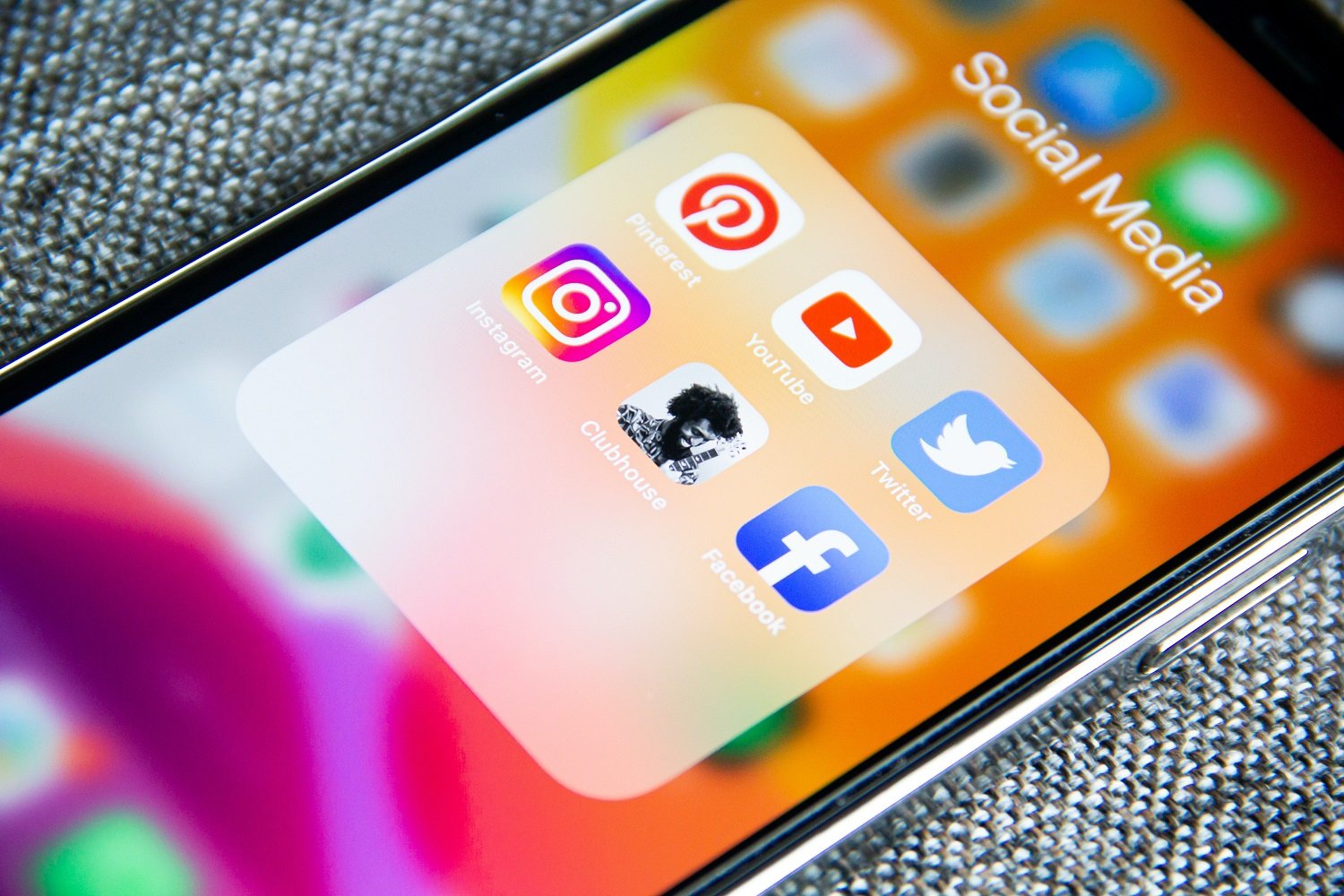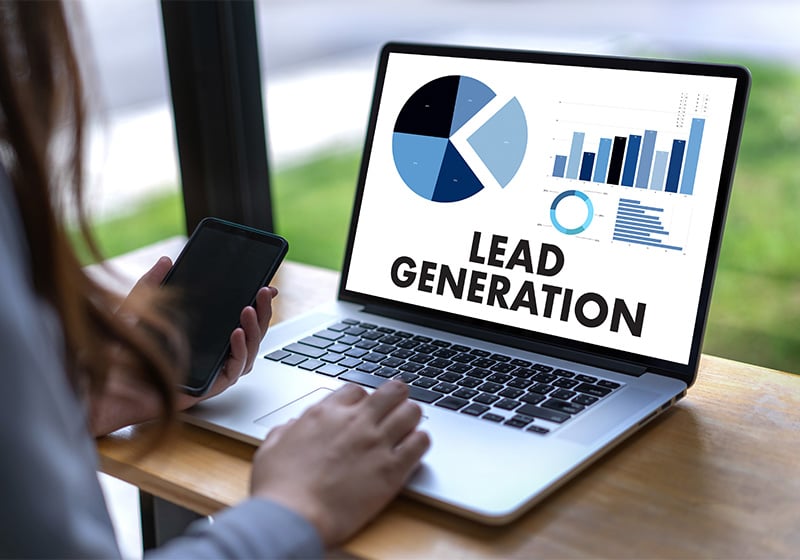Table of Contents
What is a lead in marketing?
In the world of marketing, a lead is someone who has shown a certain level of interest in what your business offers – whether that is a product, service or initiative. A lead is therefore a potential customer, and the job of the company’s marketing department is to generate as many leads as possible and to follow them through to purchase, turning leads into customers.
A few examples of leads should help make things a bit clearer. A lead could be, for example, someone who visited your website and decided to fill in a form with their contact details, perhaps to sign up to your newsletter, download extra content or to access a discount. A lead could also be someone who contacted the business through Facebook Messenger, took part in a giveaway or even gave you a call.
As you can see, there are various different types of leads, with varying levels of value for the business, and similarly there is a vast and highly imaginative range of tools to generate them. We’ll explore this in more detail in the rest of the article.
However, let’s conclude this first section with a note on some useful terminology: lead generation is, of course, the process of generating leads, while leads are turned into customers through the marketing funnel.
The various types of lead
When we explained the meaning of the word lead above, we noted that there can be different types of lead. To put it another way, from the point of view of the marketing department, someone who signs up to the newsletter is different from a purchasing manager phoning you up to request a demo of your product. The latter is, of course, probably closer to making a purchase.
Indeed, leads are typically distinguished based on how close they are to purchasing. This is an effective way to give each lead a value – a process known as lead scoring – so you can work out which actions to take to push the leads to the end of the path you have set out for them: purchasing a product and therefore turning into a customer.
Once you have worked out what a lead is, there are various frameworks for rating them and dividing them into different types. Here’s a fairly simple one:
- Information qualified lead (IQL). Also known as a cold lead, this is one of the first stages of lead generation: the person probably knows little about the company and what it offers, and is merely seeking further information.
- Marketing qualified lead (MQL), also known as a warm lead. Here we are halfway to purchase: these are leads who have been following the business for some time. For example, they may be signed up to the newsletter and subscribed to the company’s social channels, and have contacted the business on multiple occasions.
- Sales qualified lead (SQL), or hot lead. These are people who have expressed a clear desire to purchase your product or service. In larger companies, these contacts tend to be transferred from the marketing department to the sales team.
Why is lead generation important?
Do you now have a better idea what a lead is? In that case, let’s look in more detail at how the generation takes place and why it is important for businesses.
As we have already said, lead generation is the range of professional operations a business carries out to acquire new leads: potential customers who are interested in your product. Good lead generation ultimately increases the chance of you making sales and finding the right customers for whatever it is you offer.
Well organised lead generation also helps marketing departments to optimise their resources and put the greatest effort into the leads with most chance of becoming customers. It also allows them to customise messages for targeted groups and follow users more effectively from first getting in touch through to the sale.
How does lead generation work?
Although lead generation can take place both online and offline (take the classic supermarket discount card, for example), in this article we’ll focus on lead generation in the digital world. What steps and tools are involved?

The main aim of lead generation is to turn a simple visitor into a lead, i.e. into someone who has opened a communication channel with your business by leaving some data, such as their name and email address.
The lead generation model – which can be varied and developed in creative ways – is split into four stages:
- The user hears about your business, for example through an advert on social media or a Google search, thanks to your optimised website.
- The user clicks on the CTA (call to action): part of your marketing that encourages users to carry out an action. Examples of CTAs include a button on a Facebook ad that offers users a discount, a banner on a website promoting the launch event for a new product, or a LinkedIn post inviting users to register for a webinar.
- The user is directed to a landing page where they find a web form. The landing page is a webpage with a message matching the call to action, allowing the user to leave their contact details in exchange for the offer promised by the CTA.
- The user leaves some contact details and so becomes a lead.
Basically: the visitor completes an action on your website or social network, is taken to a dedicated page and there fills out a form with their contact details. And you have your lead.
Tools for lead generation
We’ve described what a lead is and how lead generation works. Now we’d like to run through a series of digital tools you may find useful for generating leads.
- Content: content on a company blog or spread across other platforms is one of the most effective lead generation tools. Articles can contain CTAs offering users additional content, courses or discounts.
- Advertising: there are various types of online advertising. You can advertise on social networks or on Google, or you can set up collaborations with newspapers or other blogs. Either way, online ads can get specific offers straight to a targeted, potentially interested audience. The CTA in this case is the heart of the advert’s message: you just have to make sure that the landing page matches the message you’ve published.

- Social media: Facebook, Instagram, TikTok and LinkedIn are all undeniably effective tools for generating leads – not least because over three billion people worldwide have a social media profile. Managing your presence on social networks strategically will allow you to plan the right content for your audience, and launch the right call to action at the right time to generate a lead.
- Podcasts: Don’t forget that lead generation is not limited to text, images and videos. Podcasts are a very promising format, capable of capturing the interest of your audience and retaining their custom more than other tools. It is therefore no surprise that this format has been explored more than any other by businesses over the last two years.
Do you have a better idea what a lead is now? Which strategies do you plan to use for your lead generation?

